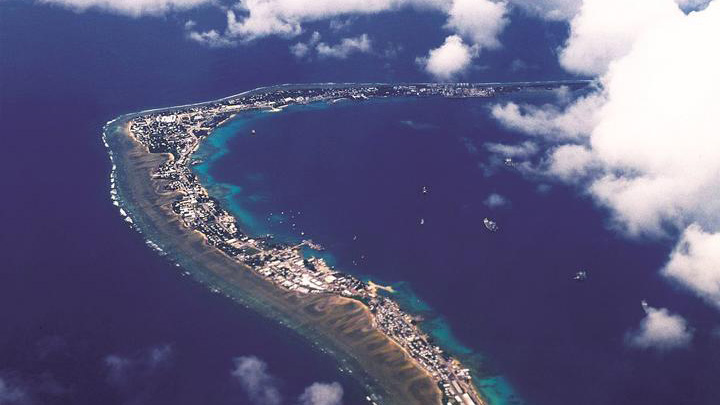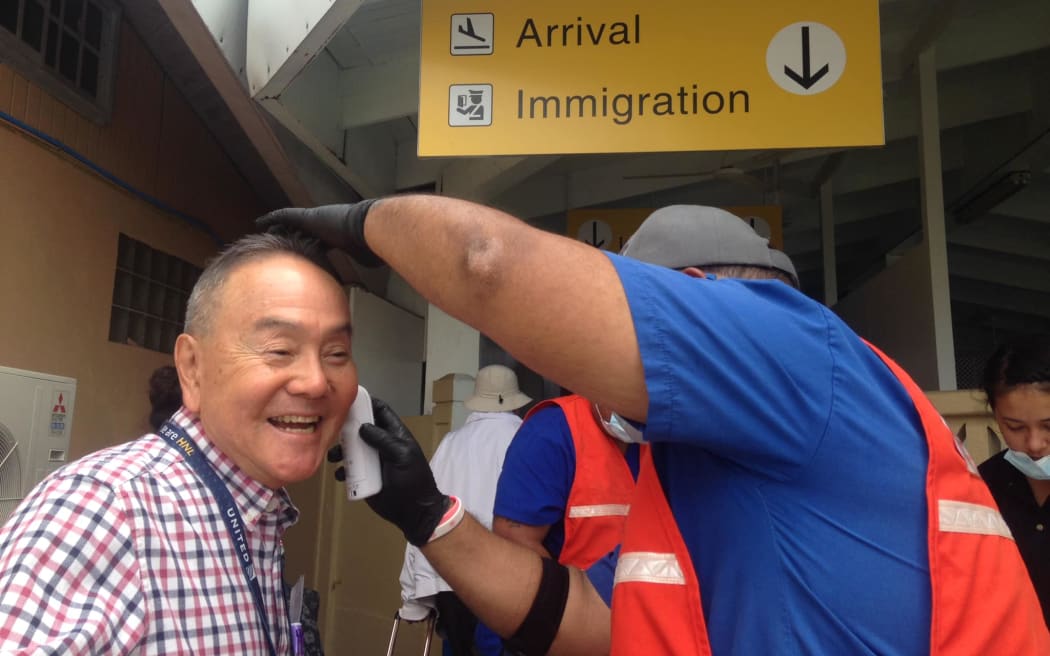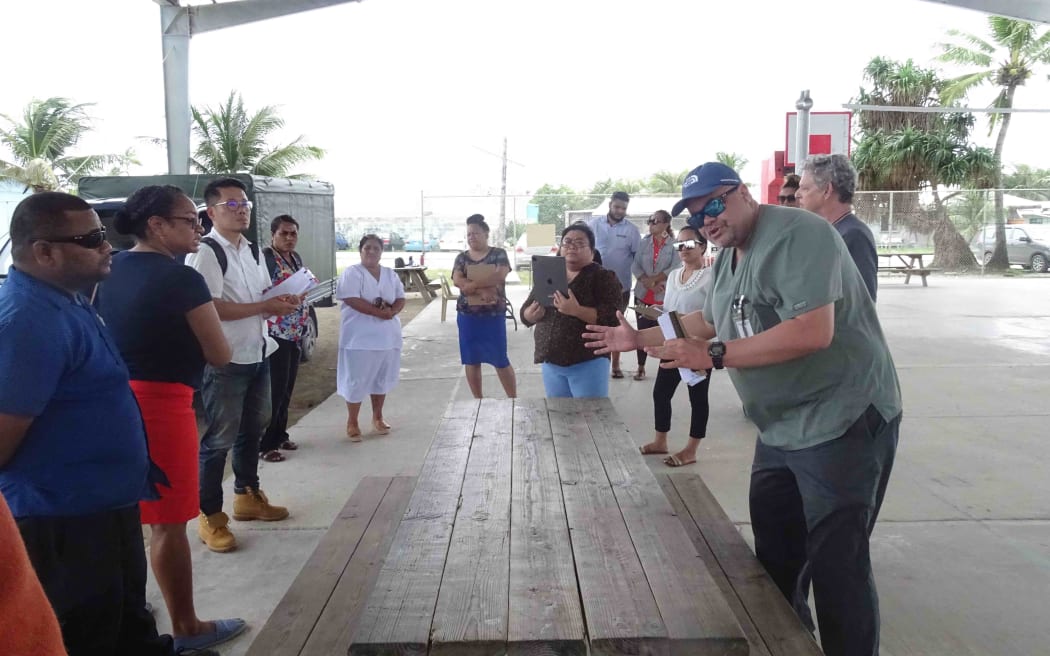Marshall Islands gear up to join Covid-19 world
Monday 18 July 2022 | Written by RNZ | Published in Marshall Islands, Regional

Marshall Islands. Photo Supplied
The Marshall Islands is planning to end its Covid-19 managed quarantine measures for those entering the country, which have been in place for two years.
The Marshall Islands government made the announcement after a hastily-called Covid-19 summit, held on Thursday and Friday in Majuro, and said managed quarantine was now planned to end on 1 October.
Instead, from 1 October a five day self-managed isolation period would be required for those arriving into the country.
The country is one of only a handful of nations left in the world that is Covid-free, and has remained so due to strict entry requirements, including the 14-day government-managed quarantine rule.
About a third of repatriation groups that entered quarantine in either Majuro or Kwajalein earlier this month tested positive for Covid-19 while in government facilities, underlining why the country's system had worked in keeping the Marshall Islands Covid-free.
The two-day Covid-19 Summit was called in the wake of President David Kabua and his cabinet endorsing a National Disaster Committee-proposed roadmap for re-opening Marshall Islands borders after over two-and-a-half-years.
The two-step roadmap set a reduced quarantine time of 10 days for those entering the country at Kwajalein and Majuro, effective immediately. With 1 October set as the likely date for when borders could reopen with no quarantine period.
At the moment, anyone entering the Marshall Islands must be fully vaccinated, show a negative Covid PCR test taken within 24 hours of their flight, and receive a rapid antigen test on arrival in the country.
The same requirements will continue after 1 October, but from that date people entering the country will also be required to quarantine in their homes for five days, with a Covid-19 rapid antigen test on day five.
The summit focused on details of the Covid-19 roadmap, provided updates on safety in the workplace, and reviewed the government's plans for operating once Covid-19 spreads.
Once Marshall Islands borders open with no managed quarantine, the virus is expected to arrive and spread, as it had in virtually every other country in the world.
Nearby, the Federated States of Micronesia has also announced a plan to open its borders, from 1 August.
About one in four Marshall Islands residents are expected to be infected by Covid-19 in the first wave of the virus' arrival, with nearly 30 people likely to die, the US Centres for Disease Control (CDC) recently forecast. The estimate was based on the experience in other US-affiliated islands.

Kedi urges cautious approach
Commenting on the plan to open the country's borders, Speaker of the Legislature Kenneth Kedi said 1 October was a reasonable date to consider for opening.
But he said the Marshall Islands should closely monitor the Federated States of Micronesia's border opening in August.
"If successful there, we should follow it," he said. "If not, then we should reconsider opening October 1."
Kedi said he was sure there would be concern from the public. He urged the National Disaster Committee to provide education in communities to let people know about the government roadmap and the effectiveness of Covid-19 vaccines.
Planning for Covid-19 in the community
The Marshall Islands ministry of health had been practising for the rollout of triage sites at gymnasiums around Majuro to handle the influx of people needing Covid-19 tests and initial treatment, in order to reduce the flow of Covid-positive people into the hospital.

The ministry of health had urged the government to maintain managed quarantine to keep the country Covid-free.
But National Disaster Committee chief secretary Kino Kabua and the majority of secretaries who make up the committee voted in favour of a recently drafted roadmap for reopening the borders and ending managed quarantine.
The roadmap noted the ministry of health target to have 95 percent of the population vaccinated against Covid-19.
Currently, about 75 percent of people have been vaccinated, but vaccinations for children aged from six months up to five years are planned to begin later this month.
"This vaccination inoculation target still has not been achieved, and will most likely not be met before 1 October, but projections for the coming months forecast an increase in this vaccination coverage," the chief secretary's office said in a statement.
"The cabinet approved the roadmap, a living document that will serve as a guideline for the Marshall Islands government and as an information tool for the general public."
The CDC modelling of how Covid-19 was expected to spread once it entered the Marshall Islands showed that from the first community case, it would take about three weeks for a surge of cases to start.
Within 10 days of the surge starting, the number of positive Covid-19 cases would spike from just a handful each day to nearly 400 positive cases daily.
This high number of cases was expected to continue for about three weeks, before the numbers begin to slowly drop off. And after about 10 weeks, the wave would drop to between 30 and 50 positive cases daily, according to the CDC forecast.




































